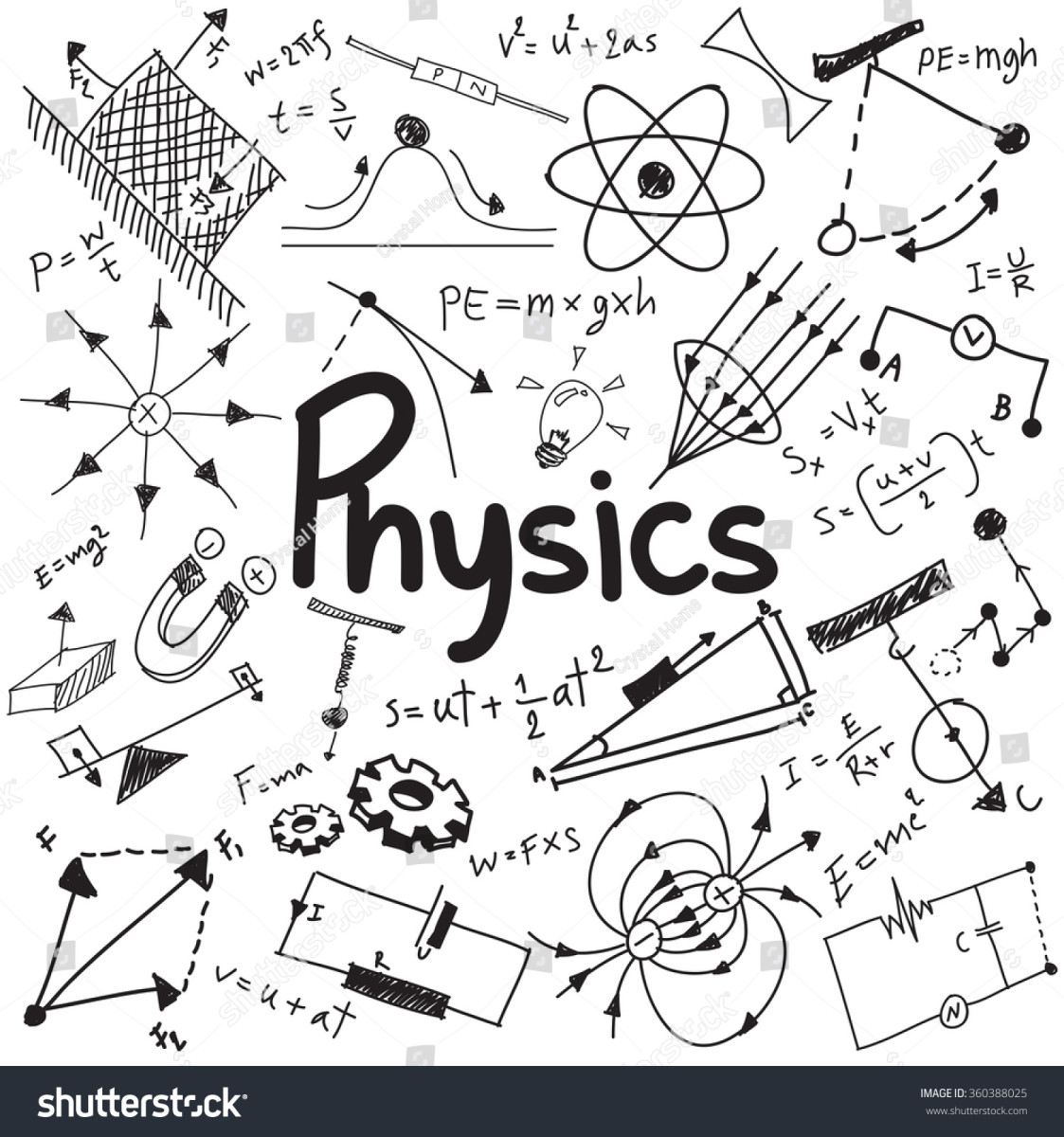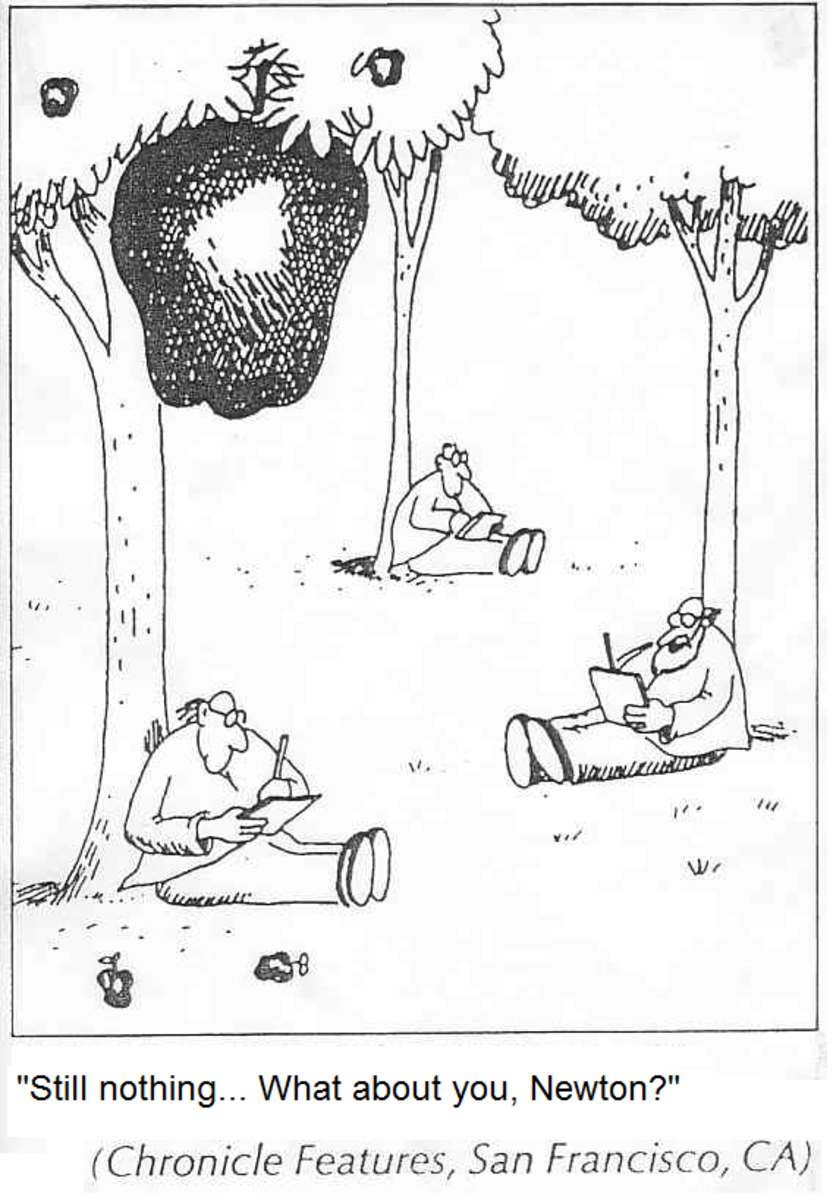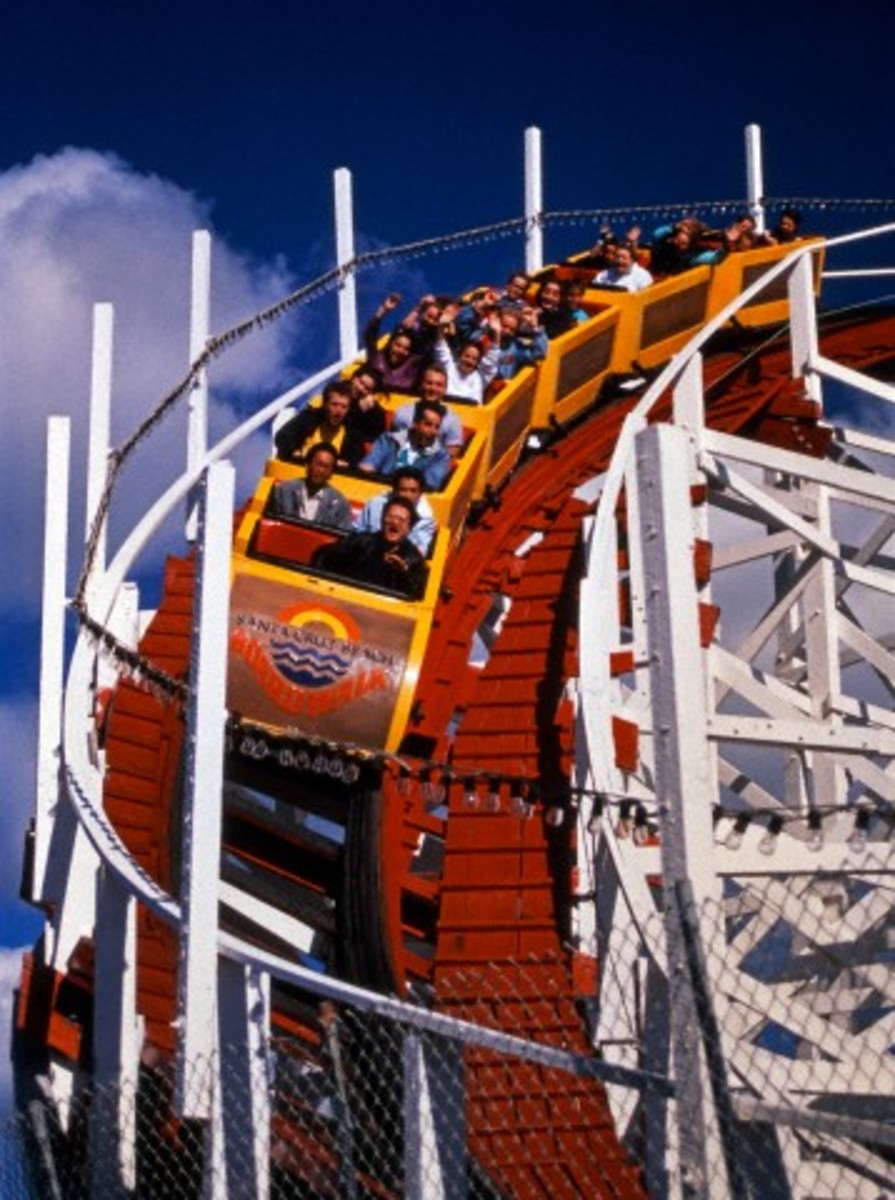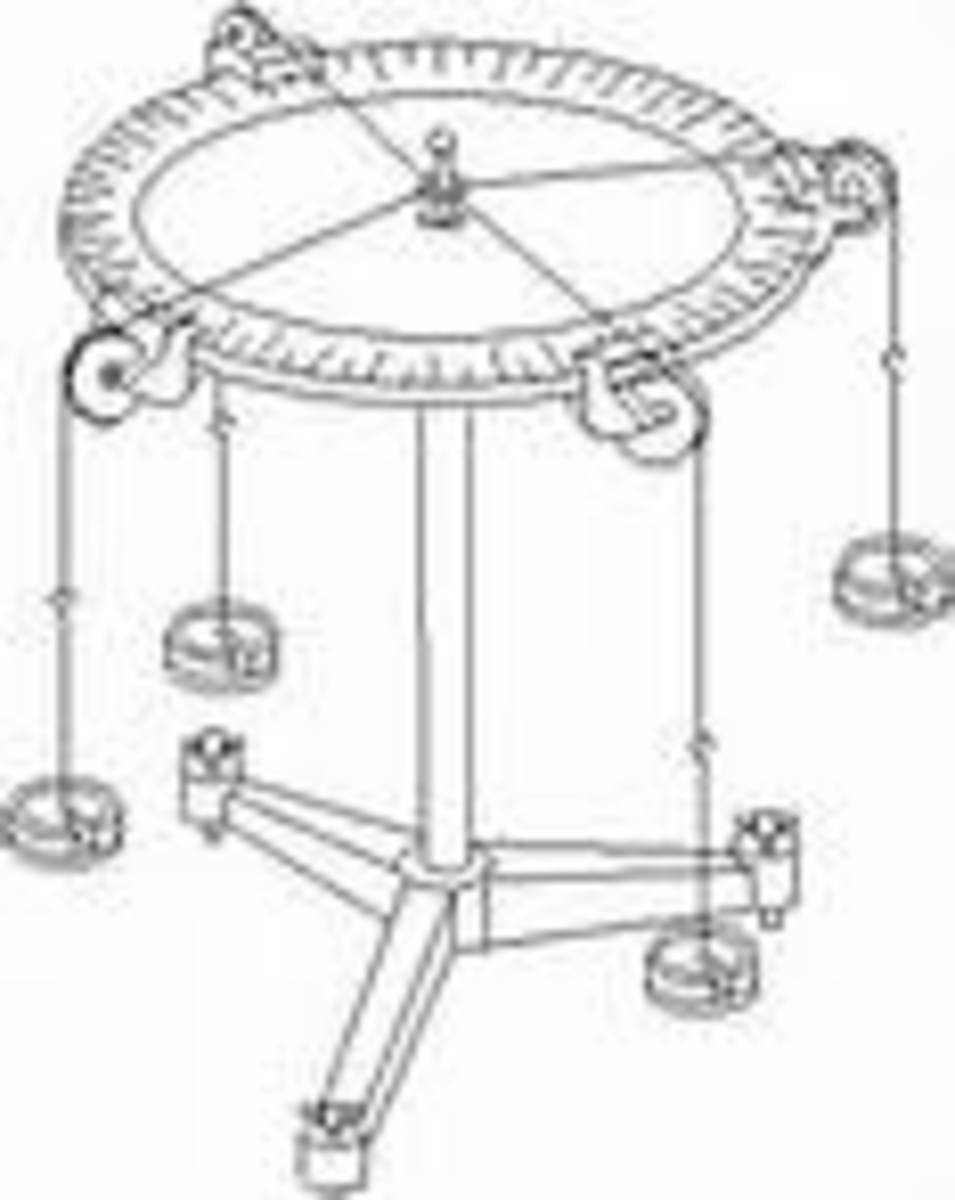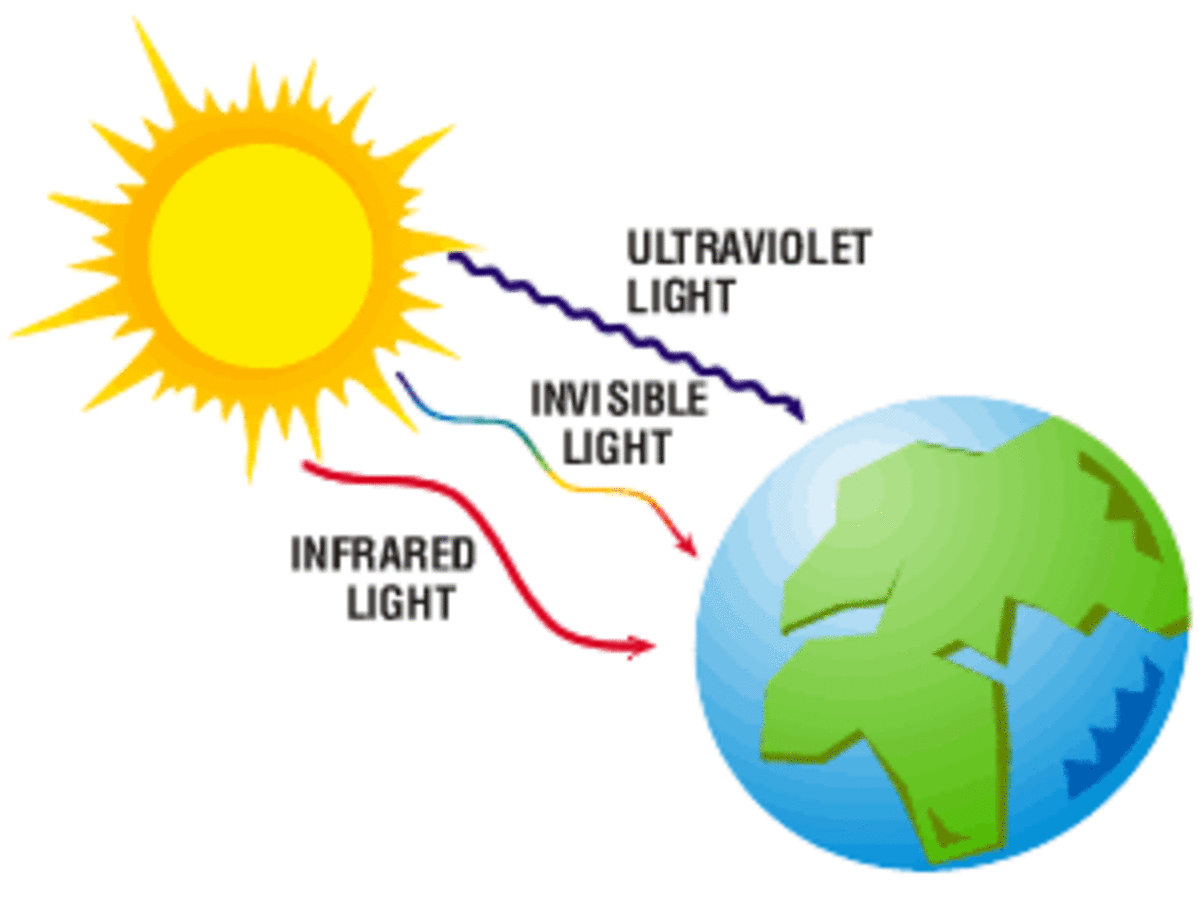An introduction to energy and its importance?
Introduction to energy
Energy makes things happen. Nothing could live or move without energy. Plants and trees need energy to grow, animals use energy to walk or run, cars and trains need energy to run. Energy lets us do things such as playing a game or climbing a hill. In fact, nothing can happen without energy.
What is energy?
The world we live in is full of energy. Light and heat are forms of energy. Electricity is a form of energy. Energy is commonly known to exist in several forms. Almost everything can be traced to the use of one form or other. You are reading this only because light energy reaches your eyes, this light energy being activated by the electrical energy supplied to your computer and the electrical energy being generated from mechanical, hydel, combustion, solar or nuclear energy.
Most energy comes from the sun. It provides heat and light for plants to grow. Chemical energy is energy stored in chemicals such as fuel. Even these fuels such as coal and petroleum were made from plants which absorbed the sun's energy millions of years ago.
The academic definition of energy describes it as the capacity to do work. The importance of energy in life or in physics is certainly not as simplistic as its definition. It is all-pervasive, omnipresent and fundamental to every phenomenon. Physics recognises this in many, many ways.
A scientific approach to an understanding of energy, requires an understanding of the term force, the work done by the force, and the power needed to do that work.
What is Force?
We commonly understand that a force is needed to push or pull an object. Let us do the following imaginary experiments to understand it better:
Imagine you give a push to a light plastic chair. It moves very fast! It has 'accelerated' to this speed from rest. Now, imagine you are pushing your study table. With the same effort, the table hardly moves! You need to exert more - apply more force - to push this 'as fast as the chair'. What do you infer? A light object moves 'faster' than a heavy object under similar pushes or forces. Do more such experiments. You will notice that as the object grows heavier it is more sluggish for the same force. Would you ever imagine an elephant darting across like a deer in the zoo?
Putting it more compactly, the more massive an object is and/or faster the object has to move, more is the force needed. A simple formula can be generated from this statement:
Force(F) = mass(m) X acceleration(a)
Sir Isaac Newton proposed the characteristics of force as follows:
1. Every body persists in its state of rest or of uniform motion in a straight line unless it is compelled to change that state by force(s) impressed on it.
2. The rate of change of momentum of a body is proportional to the resultant force acting on the body and is in the direction of the force. (This statement leads to the formula F = ma . Can you find out how?)
3. To every action there is always opposed an equal reaction; or, the mutual actions of two bodies upon each other are always equal, and directed to contrary parts.
In essence, force can cause bodies to move. If a body is already moving, it may alter its speed or its direction of motion or else bring it to rest. Hence force is that which changes a body's state of rest or of uniform motion in a straight line.
What is work?
Commonly, the term 'work' refers to some physical activity. It involves some kind of motion -the motion of hands when you write, of eyes when you read, of mouth when you eat or talk etc. If your two-wheeler had failed you on your way back home, you know how much 'work' you had to do pushing it to the nearest mechanic. If you don't move anything - not even 'lift your little finger' - you are an idler, that is, you don't do any 'work'!
Physics defines work as that which is done by a force. A constant force F acting on a mass m provides to it a motion with acceleration a. Whether the body moves through 1 meter or 1 km under ideal friction-free conditions the force required is the same if its state of motion (say, its speed) does not change.
Does it mean then that moving the body by 1 meter or by 1 km. are equivalent? Can't be, certainly. The force required to set in either of the movements above may be the same, but the work done (and hence, the energy spent) in the two cases are different. Sounds logical, doesn't it?
Work done by a force F on a particle thereby moving it through a distance d in a straight line in its direction, is given by W= Fd, a product of force and distance. This implies that if the force does not move the particle, no work is done.
Units: One joule ( also called Newton-meter) of work is done by a force of one Newton in moving the particle by one meter (SI system).
One erg (also called dyne-cm) of work is done by a force of one dyne moving the particle through one centimeter (cgs system).
1 joule =10^7ergs.
Work done by particles like atoms, electrons etc. are measured in terms of 'electron volt' (eV), which is as small as 1.6X10^-19 joules.
You would have realised that the motion of a particle (body) is not properly described unless its speed and its direction of motion are specified. Similarly force as well as the acceleration it produces has to depend on its direction. When you enter your house you push the door open and when you leave your house you pull it shut. The forces in the two cases may be same in value or 'magnitude' but opposite in 'direction' to each other. Remember, the two forces are not equal!
What is power?
Power is the rate at which work is done. If different parts of a work are carried out at different rates then an average power can be defined.
Power(P) = Work done(W) / time taken(t)
Units: In the SI system the unit of power is joule/sec. It is also called one watt (in honour of James Watt of steam-engine fame).
A 'horse power' (used for rating automobilies) is a unit equivalent to 550 ft. pound/sec. It takes 746 watts to deliver one horse power (hp or BHP).
Watt and its higher denomination namely kilowatt (=1000watts) is so popular that work is often defined from power as watt-hour or kilowatt-hour (kwh) because after all work is power x time. Our domestic electricity usage is measured in kwh even though it is popularly referred to simply as 'unit'!
Work Energy Theorem
We know that energy is needed in order to carry out work. In one sense, energy is perceived as a store-house which is expended as work when called for. This idea is given shape in the following explanation of the 'work-energy theorem' which is fundamental to physics.
Imagine that a particle (or object) of mass m is given a push by a force F thereby accelerating it . The acceleration a (= F/m) is defined as the rate of change of velocity ( speed with direction). If the particle which was moving with a velocity vo speeded up to v due to the force in a duration of t seconds then
a = ( v - vo) / t
In order to calculate the work done in the above motion, we need to know the distance by which the particle was pushed. If the motion was smooth, the distance moved is simply the product of the average velocity (i.e. speed) and the time taken for this motion.
Let us use s to denote this distance. Then,
s = ( v + vo ) t / 2
since the average speed is ( v + vo) / 2.
Work done by the force F in the above 'job' is obtained as
W = F s = m a s = m ( v - vo) ( v + vo ) / 2
= 1/2 mv^2 - 1/2 m vo^2
If the particle was at rest when the force moved it vo = 0 and the work done is simply 1/2 mv^2. That is, the particle 'possesses' a work equivalence of 1/2 mv^2 due to its motion. Let us call this its energy - rather 'kinetic energy' (kinetic refers to motion) - which will propel and sustain its motion as long as it does not lose it by doing work against friction . If the particle was already moving, the force produces a change in its kinetic energy of value 1/2 mv^2 - 1/2 m vo^2 .
The kinetic energy of a particle is given by 1/2 mv^2.
Measuring Energy
Energy is measured in units called Joules (J). The joule is a small unit. A kilojoule (KJ) is 1000J. This is the unit used for measuring the amount of energy in our food. Kilocalories (Kcal) also may be used.
One Kcal = 4.2 KJ
Energy sources - Historic
The prehistoric man who existed about 50,000 years ago was a wild man, who lived in caves in jungles in conditions similar to other animals. He wandered from place to place in search of food and shelter. The main source of energy at his disposal was his own internal energy. This is called Muscular Energy. Of course, even today this form of energy is utilised by human beings. In running, jumping, lifting objects etc. man uses this energy. Muscular energy is obtained from the food we eat.
The first external source of energy was fire, which was used for heating, lighting and cooking. The fuel used for getting fire was initially wood. Later coal and peat became major sources. Over a period of time man learnt to harness different forms of energy to increase his ability to do work.
Energy sources
The sun is the most important source of energy. More energy reaches the earth from the sun in an hour than all of us use in a year. Apart from direct solar energy, the sun's energy shows in different ways - wind power, water power, tidal power, fossil fuels, nuclear energy, etc
Man has discovered many sources of energy and he goes on attempting to discover more sources and to use them to make his life more comfortable. In our day to day life we use a lot of energy. The lights in our homes, offices, water heaters, cars, planes, trains etc. use up a lot of energy. Thus our modern civilisation is heavily dependent on the availability of energy.
FORMS OF ENERGY
Energy exists in several forms. Whenever work is done energy is converted from one form to another.Energy conversions are happening all around us. When you switch on an electric light, electrical energy is converted into light and heat energy. In a telephone, sound energy is converted into electrical energy and at the other end electrical energy is converted back into sound energy.
Energy exists in several forms. Some of the important forms are
Biological & Chemical energy.
Mechanical energy (kinetic and potential energy)
Heat energy.
Light energy
Electrical energy
Sound energy
Nuclear energy
Chemical energy
Solar energy
NEED FOR ENERGY
All living organisms need energy-
1. To carry out natural movements and other physiological functions - like respiration, digestion, circulation etc.; we get energy from the food we consume
2. For domestic purposes - heat energy for cooking food and heating water, electrical energy for lights, fans, TV, radio etc.
3, For industrial use - Electrical energy is needed for industrial use. This energy is used for illuminating work places, for heating furnaces and running electric motors and various other machines. Fuels such as coal, furnace oil, bagasse and wood are used for heating purposes. Electromagnets are used in cranes for lifting and shifting heavy loads of iron.
4 For agriculture - Man and animal power is needed for agricultural activities. Tractors, threshing and winnowing machines are now used very extensively. They require fuel energy. The pumps used for drawing water from wells or canals run on electricity or on diesel.
5. For transport - In early days, man used muscular energy for travelling from place to place. Later he harnessed powerful animals like bullocks, house donkeys etc., which he used for drawing carriages. Today man uses fast moving vehicles like aeroplanes, buses, cars, trucks etc., which run on fuel energy. He also uses electric trains which require electrical energy and steam cars that run on steam energy.
The amount of energy consumed by a country depends upon the life styles of its people and the processes by which it produces goods and services. These factors depend upon the technological developments of that country. Generally technologically advanced countries seem to consume larger amounts of energy.
The United States uses the most energy followed by the C.I.S and Western Europe. India , though having about 15 % of the world population consumes only about 2 % of the total energy in the world.
THE ENERGY CRISIS AND CONSERVATION OF ENERGY
Our modern civilisation is heavily dependent on the availability of energy. Conventional sources of energy such as coal , mineral oil, natural gas and atomic materials are limited in their supply and could be exhausted one day. The currently known reserves of oil and gas deposit may last only 30 years. Coal fuel may last for a couple of centuries.
Can we imagine a time when we may not be able to use all the material comforts we are used to, because of an energy crisis? Thus the importance of energy conservation cannot be overstated.


